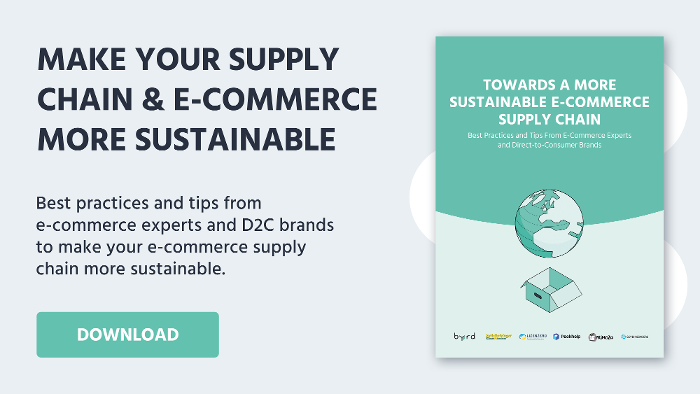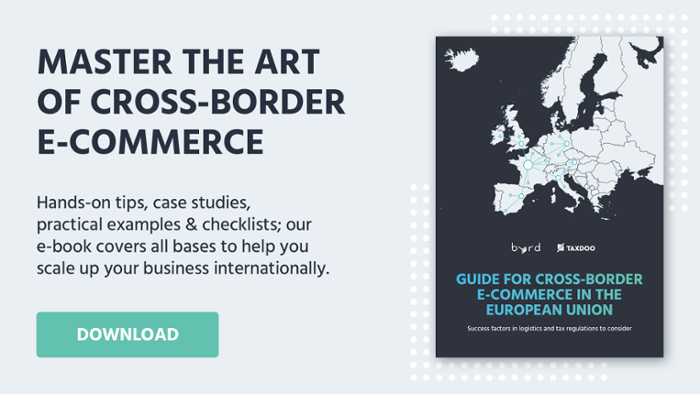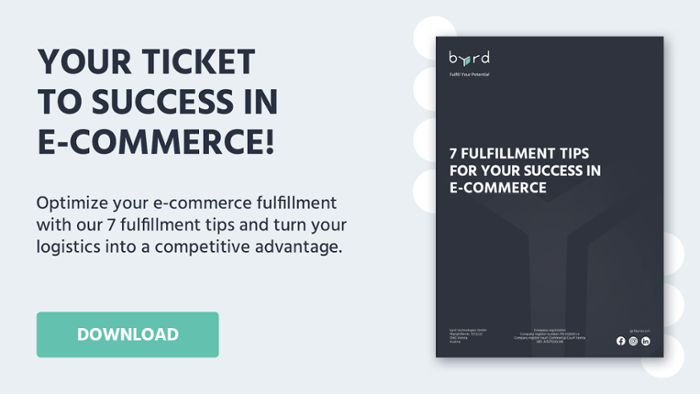16 Tips on Building an International e-Commerce Business
Table of Content
The recent pandemic undoubtedly had devastating consequences worldwide, disrupting global businesses and consumer behaviors. However, with any market disruptions, there exist significant opportunities. In this case, eCommerce has experienced a boom with Covid-19, as online commerce became necessary for most consumers while shops were forced to shut down during the quarantine period.
eMarketer estimates that by the year 2021, eCommerce will reach $4.5 trillion, which may be a conservative estimate since eCommerce penetration has skyrocketed worldwide due to the lockdown.
For many brands, going eCommerce also means going global. International eCommerce has been a rising trend even before COVID. Unlike physical retail, online retail can access new and growing markets with relatively minimal investments. Given that consumers in many parts of the world have been conditioned to turn towards online shopping during the pandemic, expanding eCommerce operations to serve more countries will unlock additional revenue and growth for any retailer. Is it easy? Of course not. There are many challenges to deal with when selling in multiple markets. This article will focus on the 16 tips that any retailer should consider while preparing to expand overseas.
Practical tips on building an international eCommerce business
Building a global eCommerce business is a complicated and lengthy process that puts strategic planning and execution skills to the test. Below are 16 useful tips and tactics to guide you through cross-border expansion.
For those looking to grow their e-commerce business abroad, the first challenge is adapting to the variations in rules and regulations among countries.
One way to overcome this challenge is to thoroughly research the country regulations in the areas where you plan to be present and build some of your processes to the more stringent requirements. For example, European personal data protection rules (GDPR) is stricter compared to that of the American.
When it comes to data processing, you should follow the European rules in maintaining transparency on how your business will handle any customer data to keep private information secure and safe, in case you are planning to sell to the European.
Another pain point to consider is the various country-specific customs and tax requirements. You should also know about shipping restrictions, proof of export, business insurance, and the necessary customs laws.
Tip: You will need a specialized international legal consultant to understand the country-by-country differences, as potential mistakes can prove to be detrimental to companies. Consider ready-built solutions such as Flow, which can handle cross-border payments, taxation, and localizations.
Tip #2: Scale your international logistics & fulfillment process
A global supply chain consists of many elements. You will need to project the demand by SKU to accurately plan inventory and warehouse capacity to fulfill these demands promptly.
You know it is time to get a virtual assistant when you start your international workload, as your assistant will ease the process.
International e-commerce logistics is a critical process to finetune to remain operationally competitive. Top examples of companies who have excelled in their logistics are Starbucks, H&M, PepsiCo, Nike, Intel, Colgate-Palmolive, Inditex, and Unilever.
Tip: If you are just starting with worldwide expansions, a great way to test the market is to select a fulfillment partner that covers your target regions. This can add greater flexibility to scale your fulfillment needs up and down, without the initial capital investments in warehouse and fulfillment capability.
Tip #3: Finetune your warehouse management

Warehouse management is the core functionality that impacts your operational costs and speed of delivery. The location and operational efficiency of the warehouse play a significant role in your value chain.
Consequently, it is worthwhile to devote the time required to optimize your warehouse management strategy.
Tip: One of the best and proven tactics to follow is using decentralized storage of goods in various fulfillment centers.
Tip #4: Invest in data integration
Being an international e-commerce retailer means you will need to stay on top of all the KPIs that signal your operations' health. As such, investing in the capability that integrates the various data from your operations, marketing, and sale activities is a must-do.
Tip: Search for solutions that are specialized for retailers by integrating various operational and customer data sources for quick wins.
Tip #5: Replicate your competitive advantage to each market
The key to continuing your growth success in multiple markets is to stick to what you do best. That said, don't try to reinvent the wheel, but instead, focus on replicating your proven customer experience strategy as you expand to new markets. This way, you will be able to utilize your competitive edge in new regions that you wish to target.
Tip: Before entering a new market, understand how your competitive advantage can be adapted to fit the new localization.
Tip #6: Invest in a scalable e-commerce platform
If you are serious about international e-commerce growth, you must invest in a scalable e-commerce platform. The most popular e-commerce platform may not be the best for your business. To select the optimal e-commerce platform for multi-national expansion, consider testing their localization features and fit with your business needs (e.g., number of SKUs, multilingual functionality, ease of moderation, and administration per country). Another consideration is access to the available plugins these platforms offer to make localized administration easier (e.g., state sales taxes, payment options, etc.)
Tip: Some of the top eCommerce platforms to consider are Magento, Shopify Plus, WooCommerce, BigCommerce & Presta.
Tip #7: Create a scalable & omnichannel customer engagement strategy
With a scalable and omnichannel customer engagement strategy, you will deliver contextual and proactive inbound and outbound interactions with your customers. Being active on multiple channels gives you a broader reach to the potential audience base, and hence increases your sales revenue. At the same time, a well-thought-out engagement flow allows your customers to have a seamless experience across all the channels.
Tip: The ability to connect customer touchpoints between channels is key to building a consistent omnichannel experience. Hence, a powerful omnichannel customer engagement platform that allows you to track and personalize the engagements will make it easier for you to explore new channels.
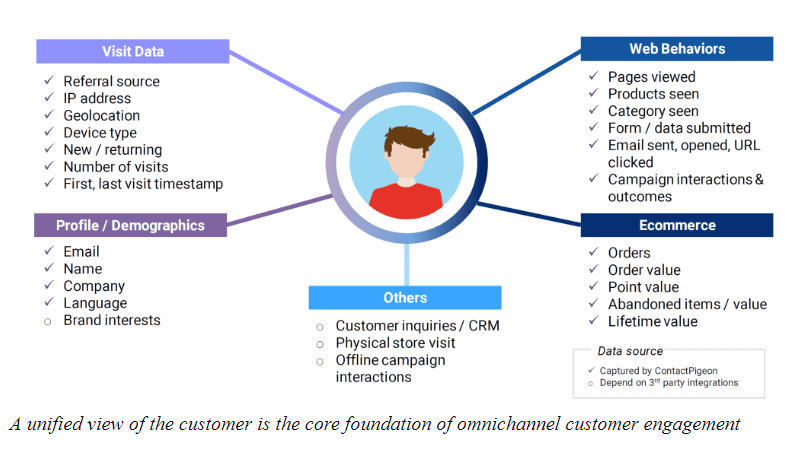
Tip #8: Localize the content and the CX for your key markets
The rise of retail e-commerce during the recent period is a reason to rejoice. However, it also means this space has become more competitive as more retailers are actively building up their online capabilities.
To address this dilemma, a retailer needs to develop compelling content that will enhance the customer experience, at least for your top markets. Quality content can capture shopper interests, draw more organic visitors, and attain customer loyalty.
Tip: When appropriate, it's helpful to hire content specialists for your key markets as they are best positioned to understand the intricacy of each local market.
Tip #9: Choose your international payments partners wisely
While expanding the international e-commerce business, you must pay attention to the types of payment partners available for partnerships.
Customers may prefer different payment methods, and therefore you may lose sales if their preferred payment methods are not available. For example, in some countries, most customers prefer paying by credit cards, while others by PayPal, other digital payments, or even cash on delivery.
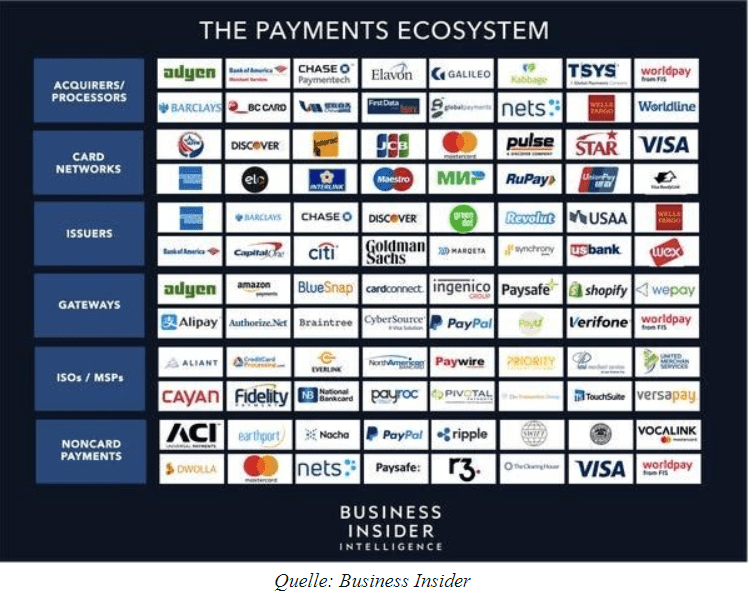
Tip #10: Make partnerships with key regional players
Running an international e-commerce operation may require you to have regional teams. In many cases, it may be better to partner with key regional players initially. From fulfillment to marketing, you may realize that investing in local players/partners may be an efficient way to gain localized insights.
Start by identifying the right function you should have on the team. For example, consider bringing into a local courier partner. Local courier companies are easier to approach, you may have leverage for pricing negotiation, and they may offer greater flexibility and speed in shipments than the big carriers.
Tip: Partnerships and co-promotions with reputable local partners can help you set up a new market faster.
Tip #11: Focus on becoming the "King of the niche"
This tip applies to e-commerce retailers, whether you are selling in one market or many. Having a generic approach and identity will make your brand invisible in the retail industry. You need to develop a niche and build your initial loyalty customer base around that. Focusing on one niche area helps to concentrate your resources to their maximum effect. Once you have a stable base, and then try to widen this market gradually.
Tip: Don't be afraid that you will limit your market by focusing on a specific area. Since you are on the global level, there will be plenty of space for you to expand.
Tip #12: Pay attention to your Return Policy
According to a UPS Online Shopper survey, 68% of shoppers view returns policies before making a purchase. With a transparent return policy, you will remove many of the concerns from shoppers and increase global site conversions. Selling globally also means there will be additional complexities in managing the return process. It's essential to specify the return policy and expectations by the market, particularly around who is responsible for the shipping and the time for the refund to be processed.
Tip: Build a dedicated page on your website with clear and straightforward return instructions by region. On the page, you should indicate the expected costs (if not covered by the vendor) and estimated processing time once the returned items reach the warehouse.
Tip #13: Understand how to handle fraudulent cases
International e-commerce businesses will have issues like fraud, which are inevitable. You need to have a system that will differentiate between fraudulent ones and real customers. In many cases, the payment gateway offers additional credential checks to prevent basic payment fraud. A good practice is to familiarize yourself with the local cyber law. In the case of fraud, you should understand the process of escalating it with local authorities and act promptly.
Tip #14: Offer around-the-clock customer service
Not being able to reach customer support promptly can be a source of frustration for most consumers. As a global e-commerce brand, you need to offer customer support that matches the operating hours of your markets. Ideally, you should have 24x7 support who will promptly deal with customers' issues around the clock.
You can hire local customer service teams to deal with daytime queries or remote teams who can handle off-hour queries.
Tip #15: Expand your social media presence
One way to quickly and effectively attract international customer attention is through social media.
One such company that is doing marvelously well on social media branding is IKEA. For example, IKEA has dedicated pages for different countries, plus, their social media presence is localized to suit the market they are engaging with. The goal is to build up your brand awareness and be present in customers' minds.
Also, note that each region may have different ways of marketing and selling products on social media. For example, Instagram shopping is being adopted in the US, whereas selling via live streaming is becoming a popular way to move products in Asia.
Tip: Seek out local influencers with a niche audience for your products can be both practical and cost-efficient to build brand awareness.

Tip #16: Prioritize mobile e-commerce
Many emerging markets, like China or India, have a mobile-first mentality. In these markets, consumers rely mostly on their mobile devices and specific apps in discovering new products or brands.
For such markets, having an eCommerce website may not be enough, as you must tap into the mobile customer base as well. Investing in building a mobile-first site and apps will let you connect with your customers better.
Tip: Creating a dedicated mobile app will help in terms of credibility and position your brand next to giant eCommerce brands like Wish.
The challenge is on
Expanding your business abroad can be the biggest e-commerce challenge you can face to date. Yet, the reward can be extremely lucrative as it opens up a brand new customer base. The above-mentioned international e-commerce best practices will guide you on the areas you need to consider before launching your international e-commerce.
With the proper planning and focused investments, you can lead your business to long-term global success.
 |
About the authorJoyce Qian runs Marketing & Growth at ContactPigeon, an eCommerce-focused marketing automation solution for brands of all sizes. She enjoys pondering and writing about different ways businesses can build better customer engagements. Outside of work, Joyce loves reading, traveling, and exploring her new home in the ancient city of Athens. |
